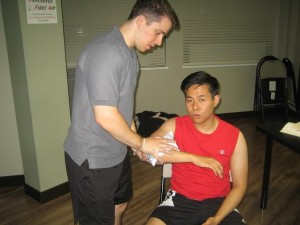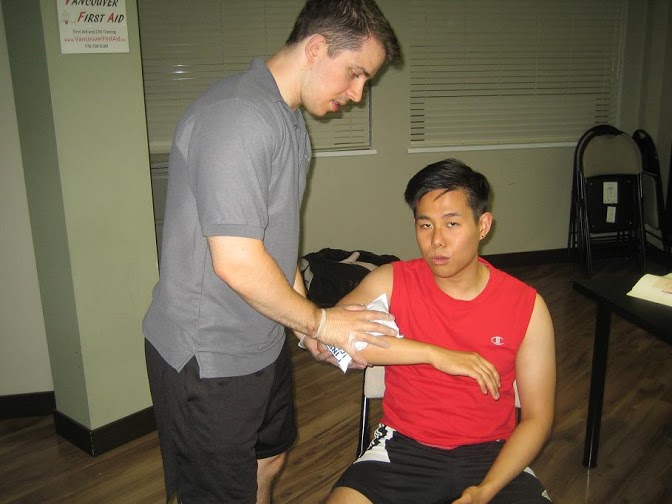A chronic wound does not repair itself over time. These wounds are often stuck in one of the phases of the wound healing process and most often seen among the elderly. In most instances, if a wound is not healing as expected within 2-3 months, it is considered chronic.
What are the causes of chronic wounds?
There are various factors that add up to the non-healing character of chronic wounds such as the following:
- Poor nutrition
- Advanced age
- Poor health
- Stress
- Impaired mobility
- Chronic health conditions that affect circulation and immune functioning such as diabetes, peripheral neuropathy, venous insufficiency and peripheral artery disease
Types of chronic wounds

Generally, a chronic wound can be categorized into 3 types:
- Pressure ulcers or bedsores – these wounds are caused by extensive, constant pressure to a region of the body, usually around bony prominences such as the heel, tailbone and ankle. The constant pressure inflicts damage to the skin with other factors such as friction and moisture that add up to the formation of the wound. These usually occur among those who are bedridden or have limited mobility.
- Arterial and venous ulcers – venous stasis ulcers develop due to dysfunctional valves in the veins that causes the blood to pool in certain regions of the body especially the lower limbs. The arterial insufficiency ulcers are due to blocked blood flow to the small vascular beds in the body such as the top of the foot.
- Diabetic ulcers – diabetes causes diminished nerve functioning especially in the lower extremities that results to a numbing effect.
Management
The treatment for a chronic wound is focused on reversing or improving the cause. The wound can last for several years and some do not completely heal. In most cases, pain management is a vital part of treatment. Some of the treatment options include the following:
- Routine cleaning of the wound and eliminating dead tissue via debridement and irrigation
- Vacuum assisted wound dressings create negative pressure in a wound that are useful for cases that involves significant drainage.
- Oxygen therapy
- Warming of the area to promote increased flow of blood
- Course of antibiotics
- Special dressings that supply healing factors or enzymes to break down the dead tissue
More Information / Disclaimer
The information posted on this page on open wounds is for learning purposes only. Learn to recognize and manage open wounds and how to perform proper wound care by taking a standard first aid course with Toronto First Aid.

